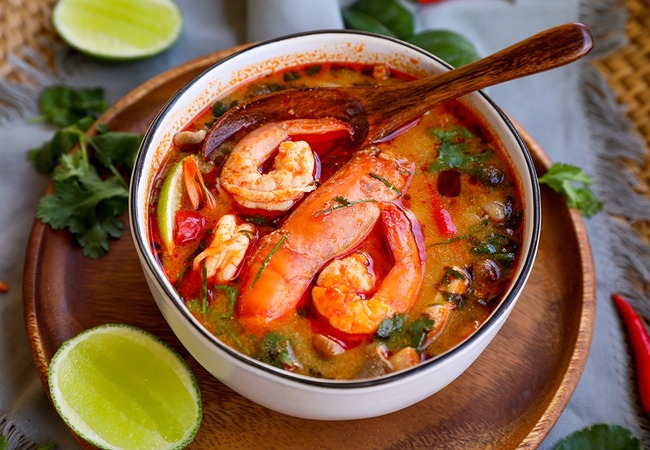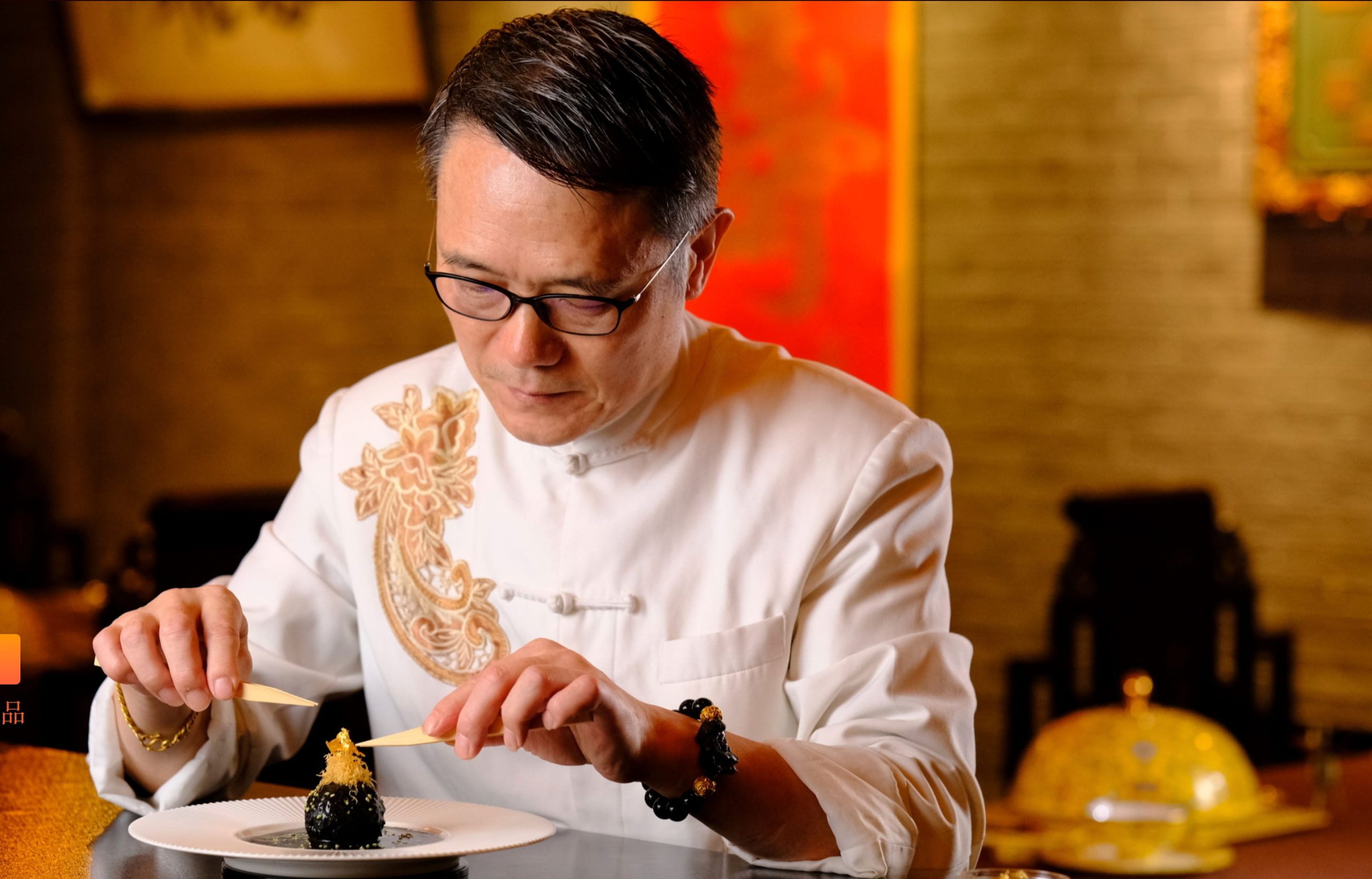priceless-stories.org – Crêpes, thin, delicate pancakes, are a beloved French treat that can be enjoyed in a variety of ways. Whether sweet or savory, crêpes offer endless possibilities for culinary creativity.
A Brief History
The origins of crêpes can be traced back to ancient times, with similar flatbreads found in cultures around the world. However, the modern crêpe, as we know it today, is a French invention. It is believed that the crêpe originated in Brittany, a region in northwestern France known for its maritime traditions and simple, hearty cuisine.
The Art of Crêpe Making
The key to a perfect crêpe lies in the batter. A well-made crêpe batter should be thin and smooth, allowing it to spread evenly in the pan. The batter is typically made with flour, eggs, milk, and butter. Once the batter is ready, it is poured into a hot, lightly greased pan and cooked until golden brown on both sides.
A Versatile Treat
Crêpes are incredibly versatile and can be filled with a wide range of sweet and savory ingredients. Some popular sweet fillings include Nutella, fruit compotes, whipped cream, and ice cream. Savory fillings can include ham, cheese, mushrooms, and vegetables. Crêpes can also be rolled into envelopes or folded into triangles, creating endless possibilities for presentation and flavor.
A Global Phenomenon
Crêpes have become a global phenomenon, enjoyed by people of all ages. Whether you’re in a Parisian café or a street food vendor in Bangkok, you’re likely to find delicious crêpes on offer.
A Culinary Delight
Crêpes are a culinary delight that can be enjoyed for breakfast, lunch, or dessert. Their versatility, simplicity, and deliciousness make them a beloved treat around the world.


